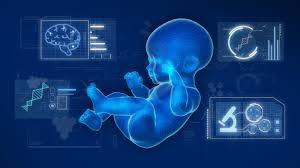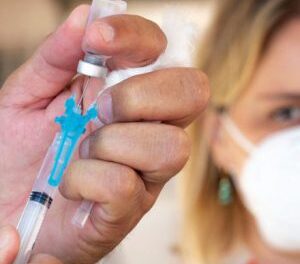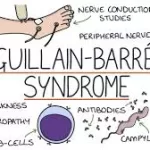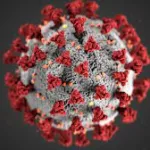Galway, Ireland – A groundbreaking advancement in infant health research has been achieved by a team of scientists at the University of Galway. Researchers have developed digital babies, sophisticated computer models that simulate the unique metabolic processes of infants during their critical first 180 days of life.
The team, led by Professor Ines Thiele of APC Microbiome Ireland, created 360 advanced computer models. These digital representations are the first of their kind, incorporating sex-specific computational whole-body models of newborn and infant metabolism. Each model includes 26 organs, six cell types, and over 80,000 metabolic reactions.
Using real-life data from 10,000 newborns, including sex, birth weight, and metabolite concentrations, the models have been validated and can be personalized. This personalization allows scientists to investigate an individual infant’s metabolism, paving the way for precision medicine applications.
“This work represents a seminal advancement in our understanding of infant metabolism,” said Professor Thiele. “By enhancing our understanding, we can improve the diagnosis and treatment of medical conditions during the early days of a baby’s life, such as inherited metabolic diseases.”
Elaine Zaunseder, lead author from Heidelberg University, emphasized the unique metabolic features of infants. “Babies are not just small adults—they have unique metabolic features that allow them to develop and grow healthily,” she explained. “For instance, infants need more energy to regulate body temperature due to their high surface-area-to-mass ratio and inability to shiver in the first six months. Our models capture these processes in a mathematically precise way.”
The research team’s innovative approach includes using breast milk data from real newborns to simulate metabolism throughout the infant’s body, accounting for the specific energy demands of various organs. “Based on their nutrition, we simulated the development of digital babies over six months and showed that they will grow at the same rate as real-world infants,” Zaunseder added.
The implications of this research are vast, particularly in the context of newborn screening programs. These programs are crucial for detecting metabolic diseases early, enhancing infant survival rates and health outcomes. However, the variability in disease manifestation highlights the need for personalized disease management approaches.
“Our models allow researchers to investigate both healthy and diseased infant metabolism,” said Thiele. “When simulating the metabolism of infants with a disease, the models predict known biomarkers and metabolic responses to various treatments, demonstrating their potential in clinical settings.”
Zaunseder concluded, “This work is a first step towards establishing digital metabolic twins for infants, providing a detailed view of their metabolic processes. These digital twins have the potential to revolutionize pediatric healthcare by enabling tailored disease management for each infant’s unique metabolic needs.”
The research, conducted at the University of Galway’s Digital Metabolic Twin Centre in collaboration with Heidelberg University, marks a significant step forward in the field of precision medicine and pediatric healthcare.











